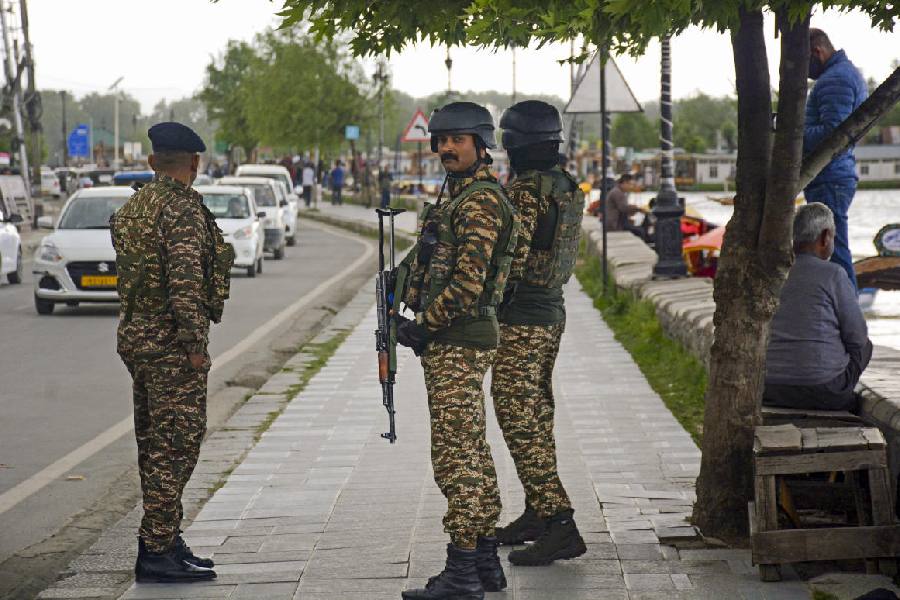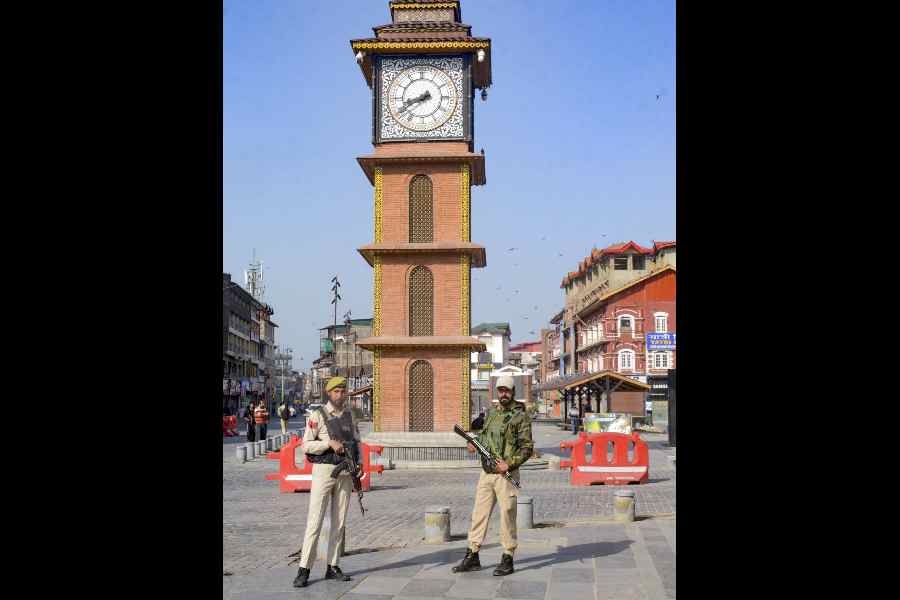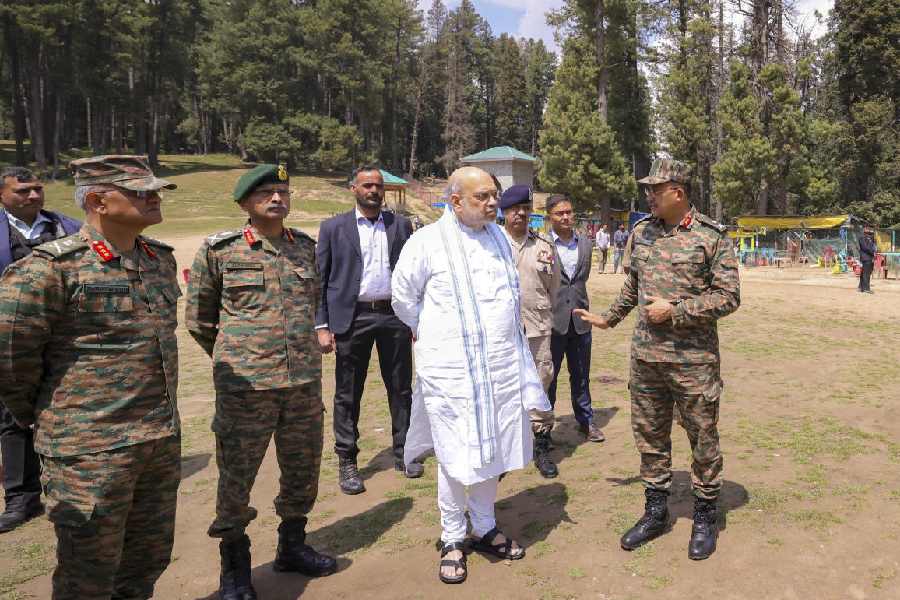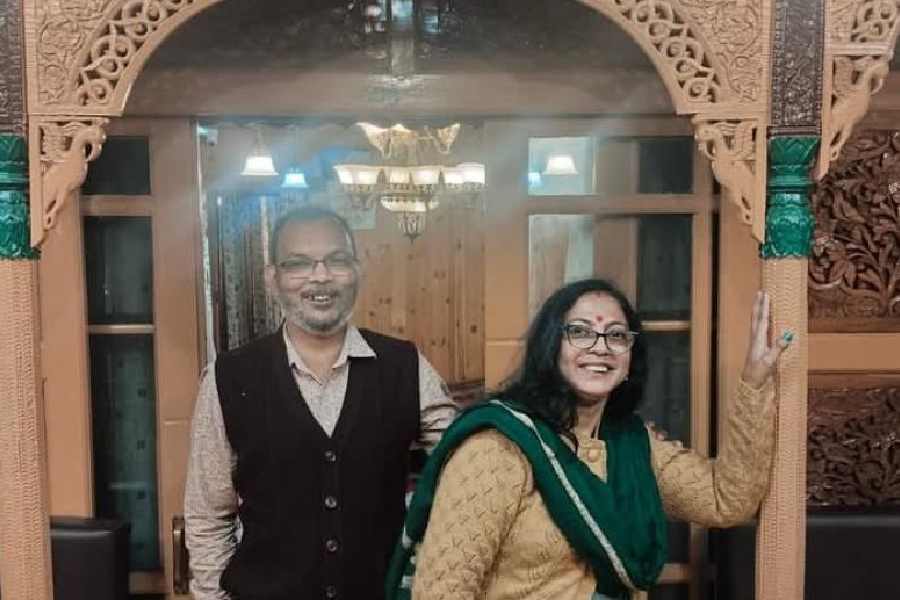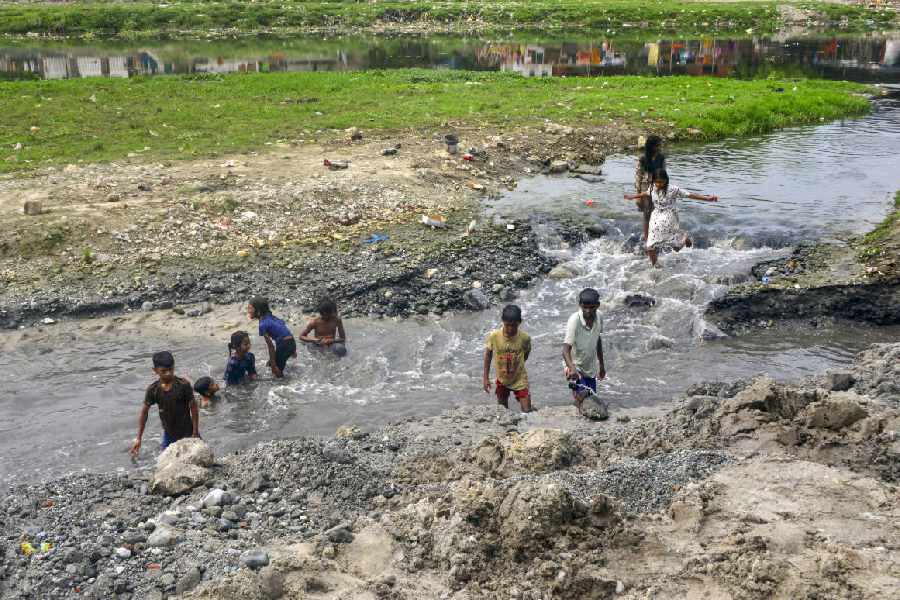 |
| Bofors guns in action during the Kargil war. (AFP) |
Islamabad/New Delhi, Nov. 18: Eleven years after the Kargil war, Pakistan’s army has officially acknowledged its role by naming 453 soldiers and officers killed in the 1999 conflict.
The soldiers have been named and listed on the army’s official website.
In 2006, Pervez Musharraf, who was Pakistan’s army chief during the war and went on to become President, had written in his book that the Kargil war was one of the finest achievements of the Pakistan Army.
By denying its direct involvement in the Kargil operations in 1999, Musharraf’s military establishment was trying to push the line that groups of mujahids (freedom fighters) were trying to “liberate” Kashmir. But in his book he went on to claim the military operations as a success.
“Considered purely in military terms, the Kargil operations were a landmark in the history of the Pakistani army,” Musharraf wrote in his 2006 memoir In the Line of Fire.
In the chapter on Kargil, he dismissed Indian victories in Kargil as “media hype”, saying: “India raised the level of some of its achievements to mythical proportions.”
During the war, the Indian Army said that militants, Pakistani army “irregulars” and elements of the regular army had occupied strategic heights in the Kargil sector within Indian territory. They were directing Pakistani artillery fire to the arterial National Highway 1A, which connects Leh and Srinagar.
Islamabad was consistent in its denial till Musharraf wrote that five battalions of the Pakistani army — about 5,000 troops — had joined the combat “in support of the freedom-fighter groups”.
He said this small force was “able to compel the Indians to employ more than four divisions, with the bulk of the Indian artillery coming from strike formations meant for operations in the southern plains”.
The Indian Army had said that the Pakistani troops were from its Northern Light Infantry (NLI), a paramilitary force under its Force Commander Northern Areas (FCNA), which is deployed in PoK.
The NLI was later regularised and absorbed into the Pakistan Army. In the list on its website, many of the “martyrs” are identified as soldiers from formations under the FCNA. Many of the 453 Pakistani soldiers were killed in the Batalik-Kargil sector.
The “Shuhada’s Corner” (martyrs’ corner) of the website lists soldiers killed in Pakistani army operations since 1947-48.
The first page of the long list of martyrs includes the names of Capt Karnal Sher and Havildar Lalak Jan, who were both killed on July 7, 1999, in Kargil and awarded Pakistan’s highest military award, the Nishan-e-Haider.
Several others were posthumously given other gallantry awards like the Tamgha-e-Jurat (medal of courage).
The army also reveals the codename given to the operation to occupy strategic mountains and heights on the Indian side of the Line of Control — “Operation Koh-e-Paima” or Operation Mountain of Resolve. In some cases, the campaign is also referred to as “Operation Kargil”.
Several causes of death are cited for those who died in Kargil — “killed in action”, “enemy action”, “enemy firing”, “enemy artillery shelling” and even “road accident”. The list gives the name, rank, unit, location and nature of death of each casualty.
Even in the middle of the war, the Indian Army had handed over bodies in coffins draped in the Pakistani flag to the Pakistani army at a border crossing near Kargil.
Pakistan had at first refused to accept the bodies but later did. At least seven soldiers were caught and diaries and documents were found on them.
About 550 soldiers and officers of the Indian Army were killed in the war, mostly while trying to reach forbidding heights from where the intruders fired. The Indian Air Force was asked to bombard the intruders’ positions but, like the army, was asked not to cross the Line of Control.
In Pakistan, parties opposed to Musharraf, such as the PML-N, have put the total number of casualties at 3,000 and also alleged that nearly 200 Pakistani casualties were buried in India.
Musharraf claimed that the war brought Kashmir to the front stage for international dialogue.
“I would like to state emphatically that whatever movement has taken place so far in the direction of finding a solution to Kashmir is due considerably to the Kargil conflict,” he wrote.
In listing its martyrs in Kargil now, Pakistan’s army has not only acknowledged its direct involvement. It has also given a certain legitimacy to the operation — to occupy heights in Indian territory —even if it was forced to vacate most of them for a combination of reasons, which included India’s resolve to evict the intruders and the then Clinton administration’s pressure on Islamabad.


